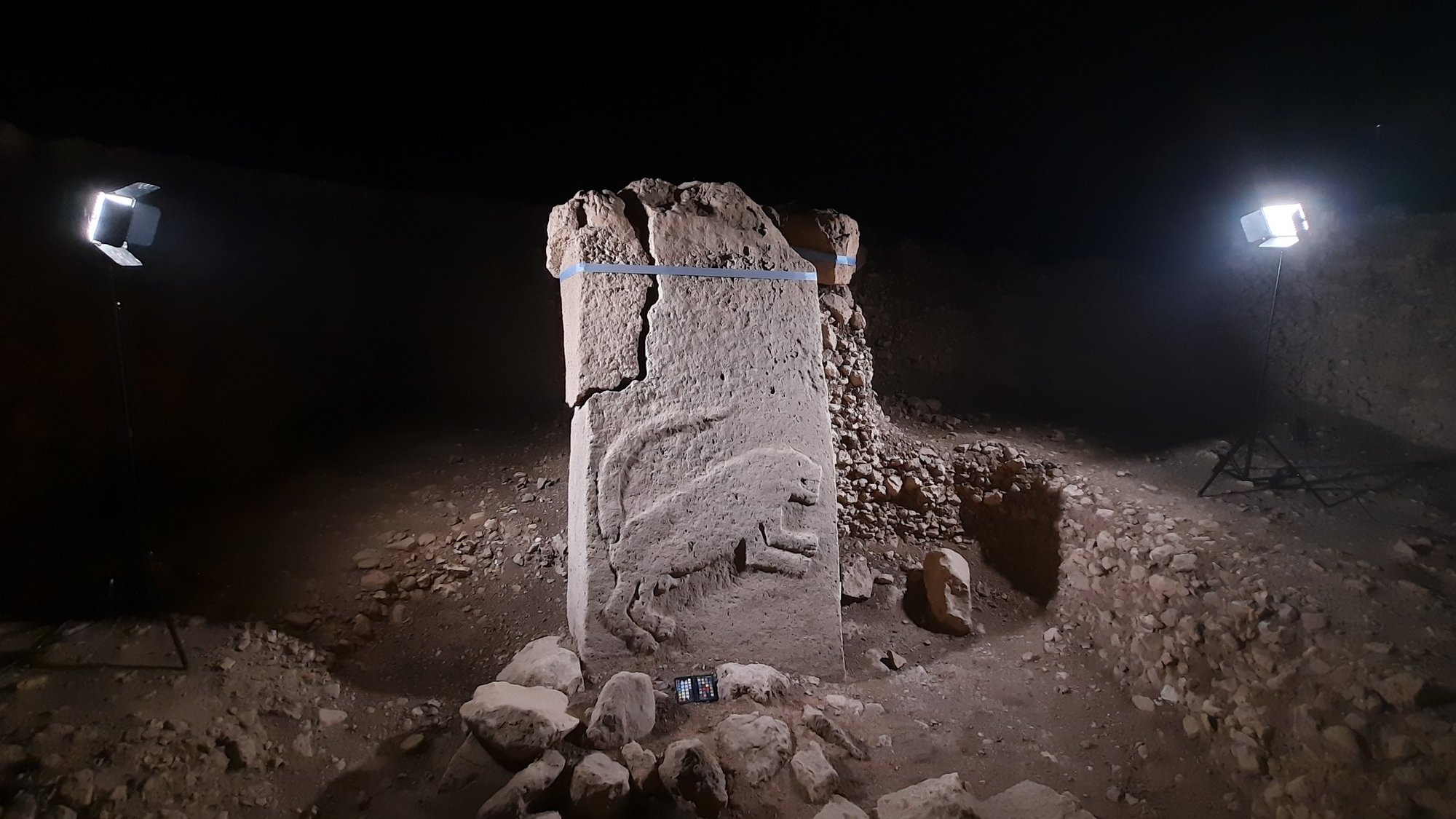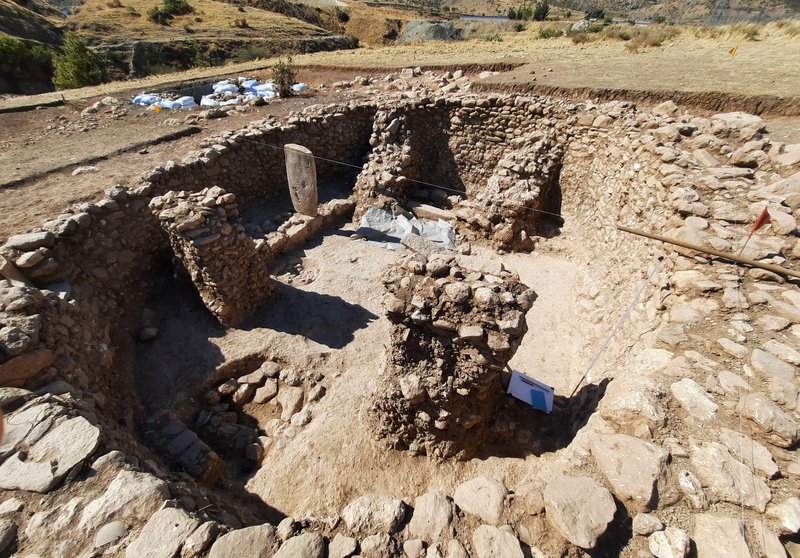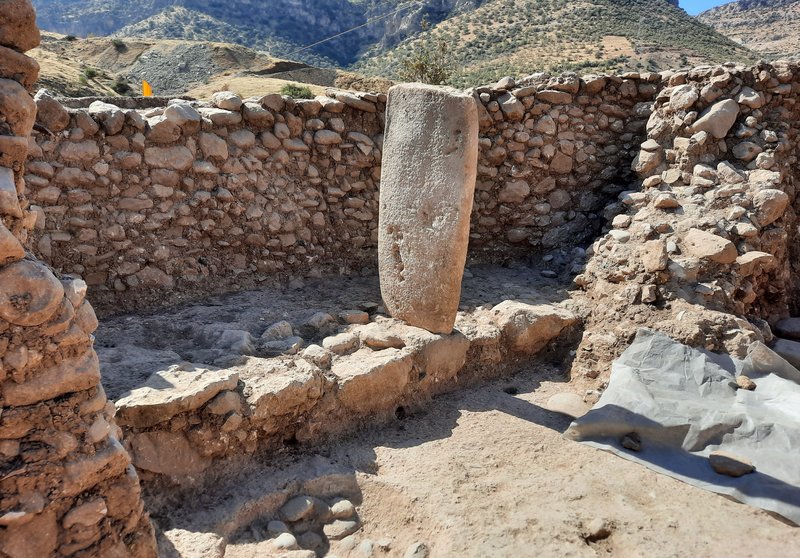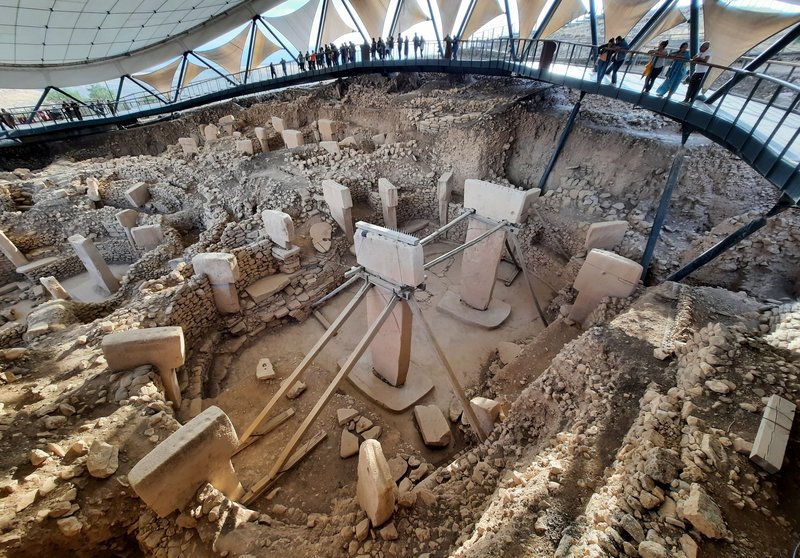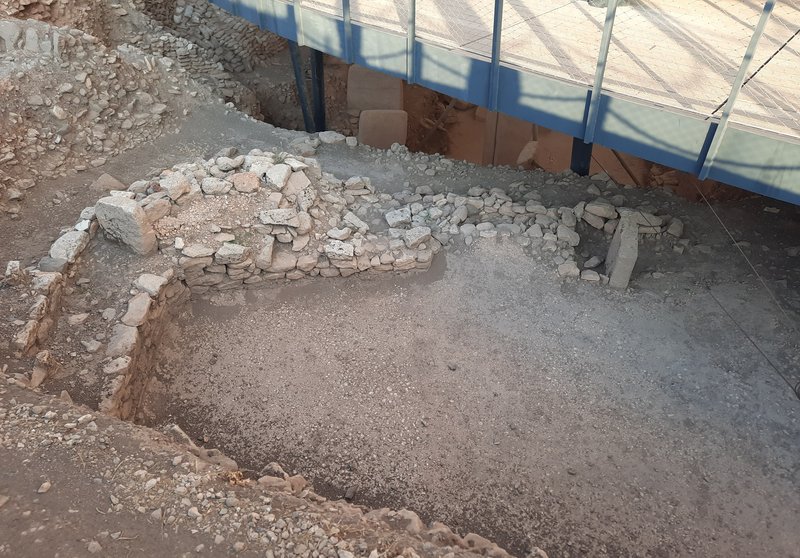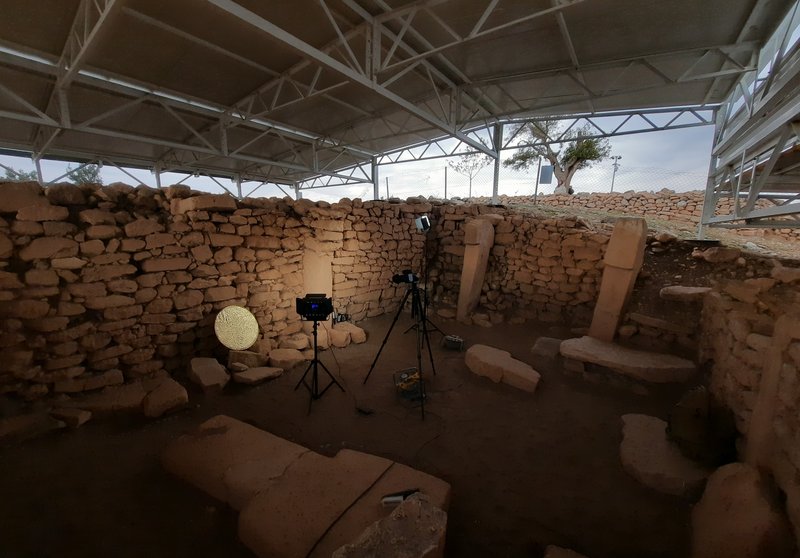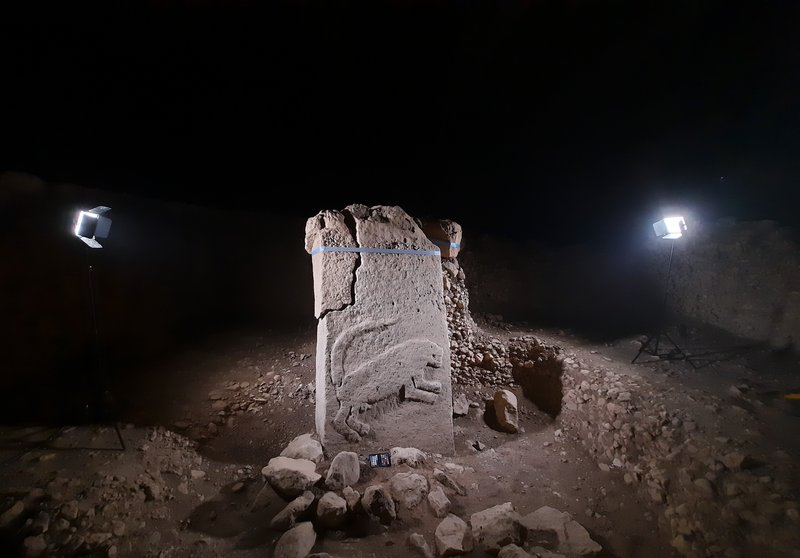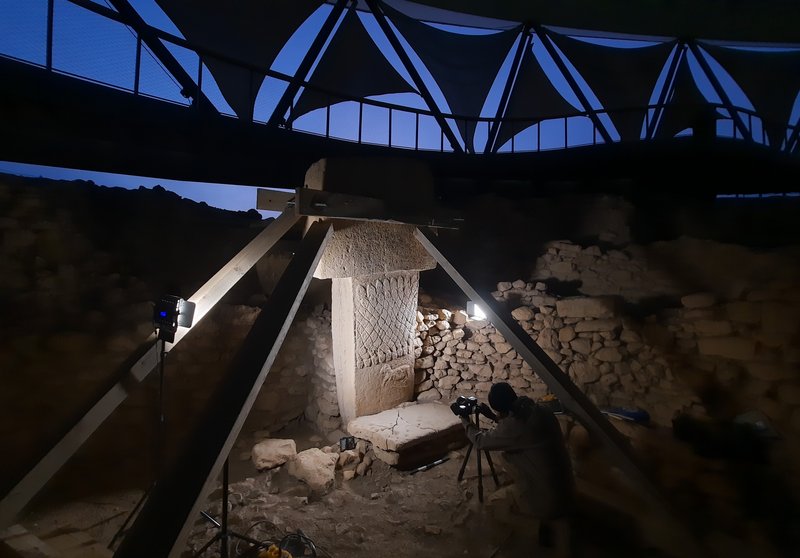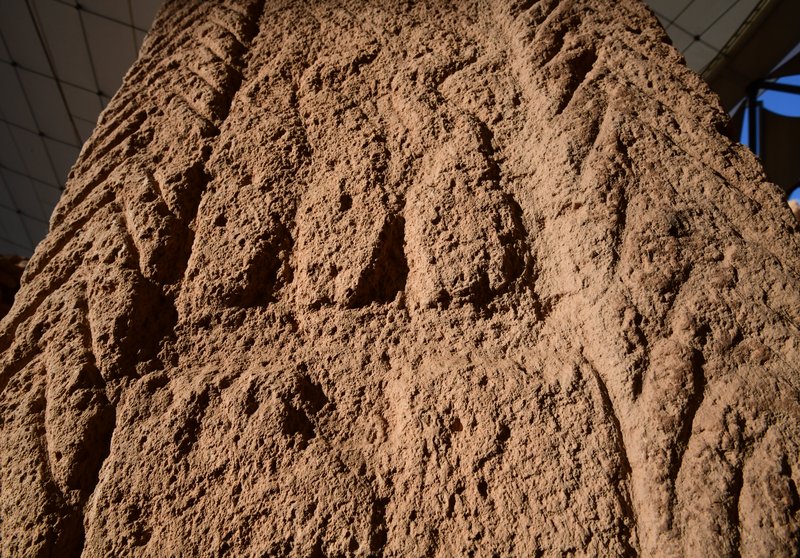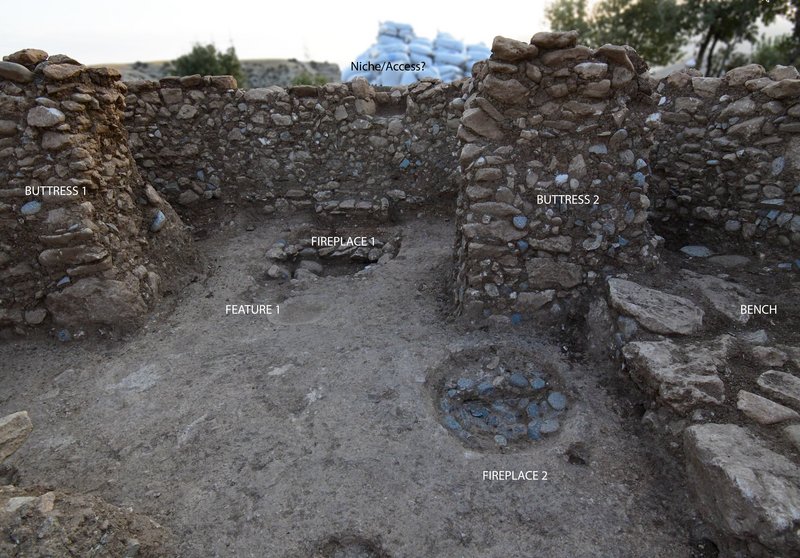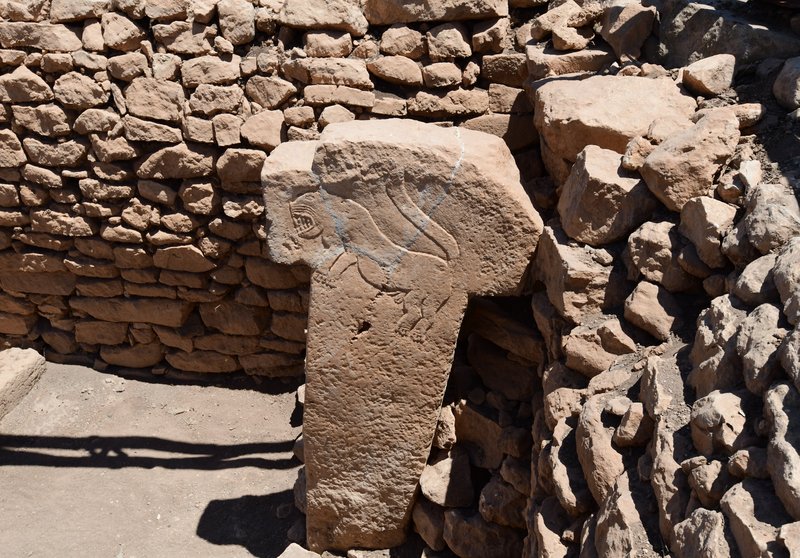Overview
Near Eastern Neolithic Architecture - NENA
As far as the Near Eastern Neolithic is concerned, there is a plethora of research groups working on human remains, millstones, flint implements and pottery, as well as animal and plant material and even music. It is therefore surprising and also a little surprising that until NENA was initiated, there was no formal group or academic community dedicated to researching the archaeology of architecture and building archaeology using appropriate, i.e. architectural, methods and analytical tools.
NENA facilitates the discussion and dissemination of the current state of research and future challenges of architectural studies within archaeology through workshops, mailing lists and publications. The aim is to share field experiences for documentation as well as to exchange different and innovative ideas on the interpretation of Neolithic architecture. Due to the lack of basic and comprehensive publications on NENA, early architecture is also a highly neglected topic in university archaeology and architecture teaching. This is surprising because the Neolithic architecture of Southwest Asia forms the basis for our perception of the built environment and ourselves.
Knowing and understanding the beginnings of architecture will help to better evaluate the past, manage the present and plan for the future. The aim of NENA is thus to promote research and exchange on Neolithic architecture and to reduce the gap in the literature on it.

